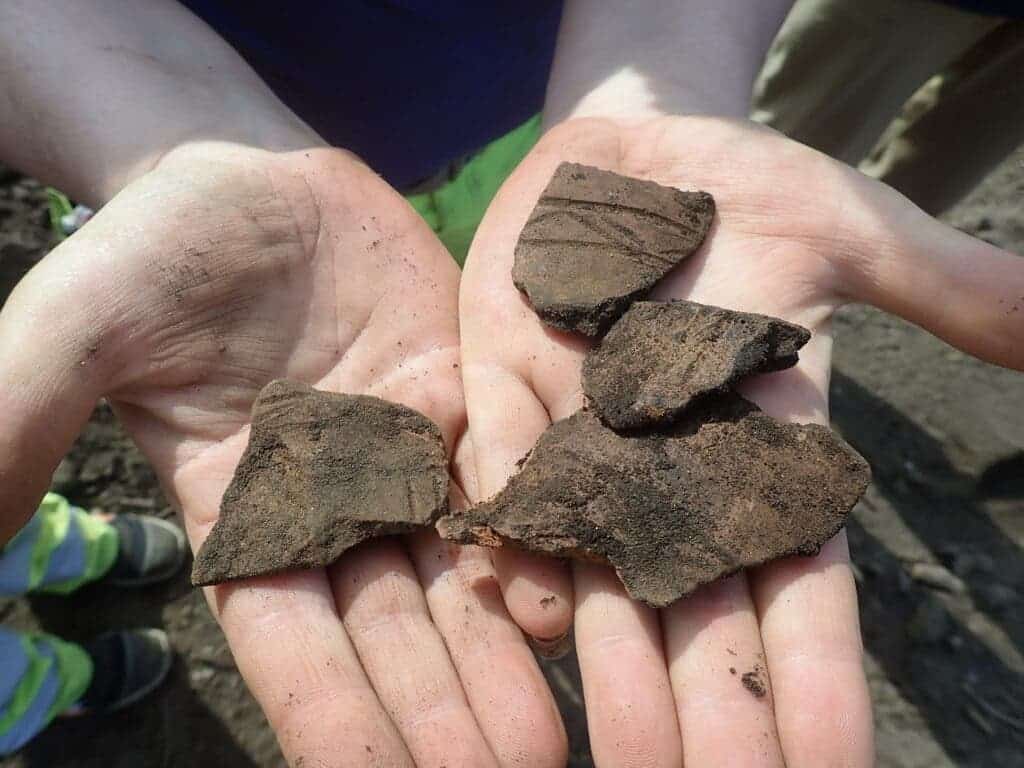Excavating in a burial ground in Norway, a group of archeologists has just discovered a 1,700-year-old Roman board game — complete with dice and game chips.
The discovery will help to understand better the role of games at the time, as well as the cultural exchanges between Rome and Scandinavia.

The finding was made by archaeologists from the University of Bergen in the Ytre Fosse that is adjacent to the Alverstraumen Fjord, in western Norway. The remnants of the game were found in a cairn, a burial mound made of stones very common throughout Scandinavian history. The game dates to around 300 A.D, placing it in the Roman Iron Age, which spanned from 1 to 400 A.D.
In the middle of the burial mound, the archaeologists also discovered a smaller circular in which they found charcoal, which made them believe the whole thing was a cremation pit. No human remains or artifacts were found other than the game pieces — which were made of bones and were relatively well preserved, according to a statement from the university.

The area in which the pieces were found used to be part of an important trade route known as the Nordvegen, or “northern way,” which connected northern Norway to southern Scandinavia and Europe. The game pieces found could have been handed over as payment by a trader wanting to pass through the route, the study suggested.
“These are status objects that testify to contact with the Roman Empire, where they liked to enjoy themselves with board games,” historian Morten Ramstad from the Bergen University Museum in Norway told the Norwegian public broadcaster NRK. “People who played games like this were local aristocracy or upper class. The game showed that you had the time, profits and ability to think strategically.”
According to the researchers, the board game could have been a precursor of a popular Roman pastime, called Ludus latrunculorum, or the “Game of Mercenaries.” The two-player showdown preceded the popular Viking Age game Hnefatafl, or the “King’s Table,” and had similarities to chess and backgammon.
In order to play the game, a king and his defenders battled attackers that outnumbered them by roughly two-to-one. While the king’s men guided him to safety in one of the board’s four corners, the attackers tried to prevent the escape. Ending the game meant the safety or captivity of the king.
Pieces from that game or one related to it were uncovered in September 2019 at a cemetery on Lindisfarne, a small island off the coast of northeastern England. As with Ludus latrunculorum, the strategic gameplay involved is comparable to chess. Lindisfarne was once home to monks who ran a medieval monastery that was invaded by the Vikings.
The new findings connect Norway with the broader network of communication and trade throughout Scandinavia, archaeologist Louise Bjerre told NRK. At the same time, the pieces help to get a better idea of Norwegians’ everyday life during the early Roman Iron Age. “The people then were not very different from us now,” she said.









